- Learning time
- 20 minutes
- First play time
- 80 minutes
San Francisco
Designed by: Reiner Knizia
In San Francisco everyone builds their own individual city, loosely inspired by the title. There are various ways to score points, and navigating a path between them all the best is key to winning.
Everyone has their own player board in front of them, which they’ll be filling up with cards over the course of the game. In the middle of the table is a shared board from where points and bonuses are claimed.
The game progresses through a series of turns, going clockwise around the table. The starting player flips a card from a deck and places it face-up in one of three columns, and each card will have one or more aspects to it to consider when scoring. From then on, everyone subsequently has two choices: either flip another card and add it to an existing column, or claim all the cards in any one column to add to their board, placing each card on it’s matching-coloured row. How the rows score is obviously important, so let’s take a brief detour into scoring here: most cards will show workers, architects or tramlines. Most workers in a row (and also second-most) gains you points. Being first to complete a row also gets you points. Gaining two architects in a row – even if it’s not finished – immediately gains you an architect bonus, and there are five types, each specific to the row you have architects in! Finally as long as your tramlines connect to a depot, having the largest set of tramlines (and second-largest) also scores points.
The only other way to score is by building skyscrapers, but these can be tricky, as they need a number of workers adjacent to them.
This is a game by the great designer Reiner Knizia, so there is of course a catch beyond pondering what cards best suit you. Whenever you claim the cards in a column, you also take a contract, and you can never claim a column that has the same or a lesser number of cards in than the number of contracts you have: although when everybody has at least one, all players return a single contract to the supply. This leads to situations where one or more players might have two contracts while another has zero, giving them plenty of time to ‘load up’ the columns with things they might like.
The game can end in one of two ways: either somebody fills up their player board entirely, or the fourth and final skyscraper card is flipped.
The guru's verdict
-
Take That!
Take That!
There's nothing directly combative happening, but the economy of contracts making different cards available to different players at different times elevates the game from being a set of solo puzzles into something a little more enervating.
-
Fidget Factor!
Fidget Factor!
Once everyone is up to speed, the game is played at a moderate-to-breezy pace. Although you'll want to consider timing critically, your basic decisions are simple: draw a card, or claim cards.
-
Brain Burn!
Brain Burn!
But which cards? There may be times when taking the best haul for your board doesn't make sense, because you're leaving some prime real estate there for someone else. Taking a moderate hit could be better in the long run...
-
Again Again!
Again Again!
In-built randomness in San Francisco comes from the fall of the cards - but also the player input.


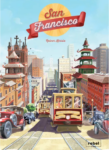

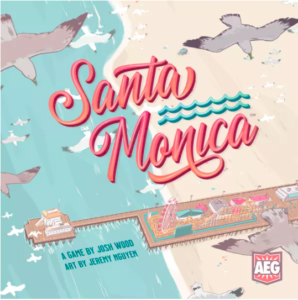
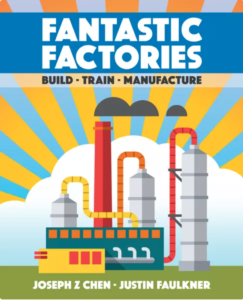
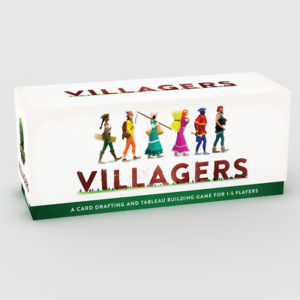
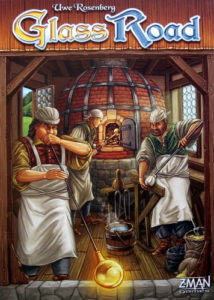

Sam says
Of the fifty or so Reiner Knizia games I've played, there are faster, sillier, funnier ones than San Francisco, but if you're more in the mood for a puzzle-style experience that offers tough decisions - not just what cards you take, but when you take them - and a sliver of luck-laced passive-aggressive interaction, then San Francisco is very engaging and rewarding.